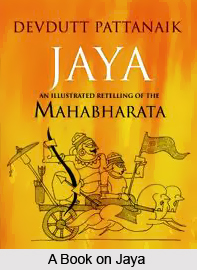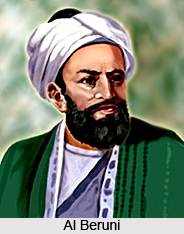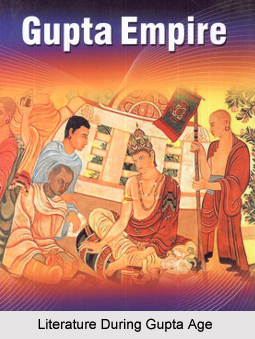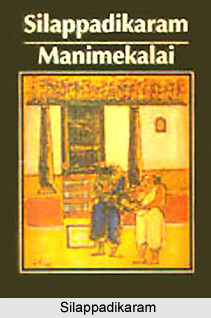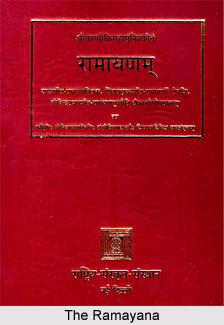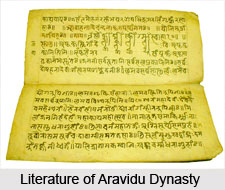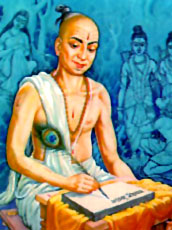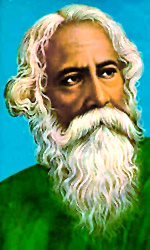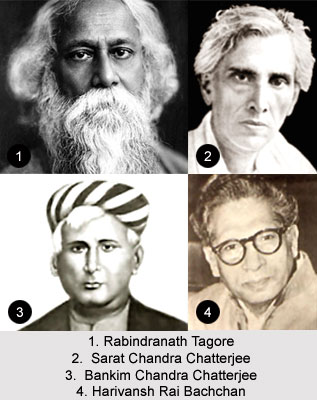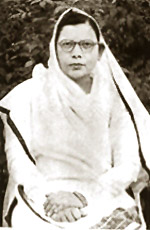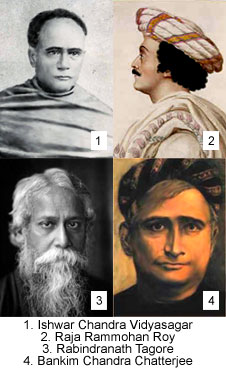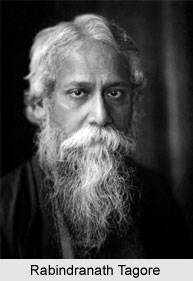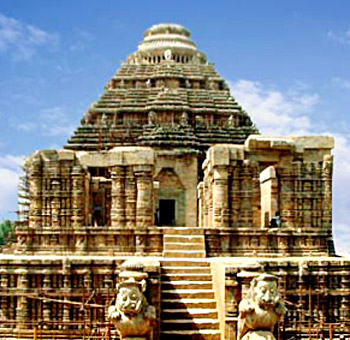 Impact of Renaissance on Indian Art is considerable and vital. By examining the present scenario, it becomes clear that renaissance had a huge impact on Indian art. It however does not only include the application of architectural or sculptural technique to the country`s monuments, it involves much more remote, yet much more intimate principles of nation building. The country is regarded as a unit peopled by diverse racial fractions and real India is the totality of all that lives in the region of diversity. The true expression of a country is found in the national arts, those expressions of the individual imagination that spring from the concealed realm into the social and natural environment of the mapped area. It is in the artistic discords of a nation, much more than in the records of wars and dynastic changes, that the nation`s true history is to be found. The story of the evolvement of India`s real life is the story of the making of the decorating of Ajanta, the sculpturing of Konark, the revival of Indian painting in Bengal, the revival of Indian drama in Telugu, the poetry and prose of Tagore among others. These are more truly the voice of the inner soul of the country because they spring directly from the great affirmations of its spiritual consciousness.
Impact of Renaissance on Indian Art is considerable and vital. By examining the present scenario, it becomes clear that renaissance had a huge impact on Indian art. It however does not only include the application of architectural or sculptural technique to the country`s monuments, it involves much more remote, yet much more intimate principles of nation building. The country is regarded as a unit peopled by diverse racial fractions and real India is the totality of all that lives in the region of diversity. The true expression of a country is found in the national arts, those expressions of the individual imagination that spring from the concealed realm into the social and natural environment of the mapped area. It is in the artistic discords of a nation, much more than in the records of wars and dynastic changes, that the nation`s true history is to be found. The story of the evolvement of India`s real life is the story of the making of the decorating of Ajanta, the sculpturing of Konark, the revival of Indian painting in Bengal, the revival of Indian drama in Telugu, the poetry and prose of Tagore among others. These are more truly the voice of the inner soul of the country because they spring directly from the great affirmations of its spiritual consciousness.
It is a true fact that a nation without art is blind and dumb. Moreover, arts applied in nation building are themselves national, national in expressing the national environment, the national temperament and the national direction. The universality and antiquity of art-expressions bear testimony to their place as vital and essential parts of a nation`s life. It is equally true that at present, there is an acute estrangement between the arts and life, between the principles that operate in the world of imagination, and the principles that control the world of social organisation and personal conduct. The masses of the people are as far removed from the inspiration of the arts as they are from the inspiration of nationality and here also, lacks the protection of awakened consciousness.
Almost all the details of a nation`s environment fit squarely into its arts. The main feature of the daily national environment is reversed in the art of painting. And the second important element of nationality in the arts is national temperament. It makes a background of intellectual assumptions. It shifts the emphasis from the immediate act and the present life; and this removal is reflected aptly in the arts of India as a natural drawing to the things of the inner life. Indian art does not say that God may not be found in the thunder; but it is certain that he is most intimately heard in the still voice. That is why it has been said that the Indian temples are not places for big crowds to meet in, and part, and forget, but for single individuals to face the deity and remember.
Indian music is a thing of one string and one idea; and the new Indian painting shows the central feature of Indian temperament. It reflects the low toned essences of spiritual, emotion and craft-love for the delectation of single devotees. The application of the arts to national life refers to the expression of nature in its various forms. Notwithstanding racial and linguistic differences, the development and interchange of the Indian Arts as a result of Indian renaissance has either led to, or become the expression of an expansive nature.
